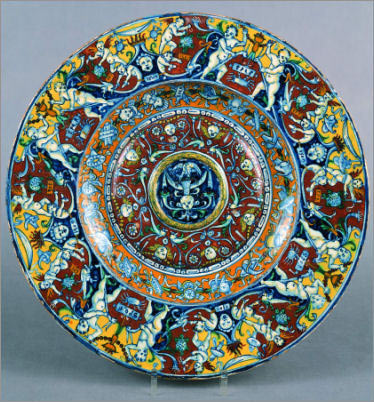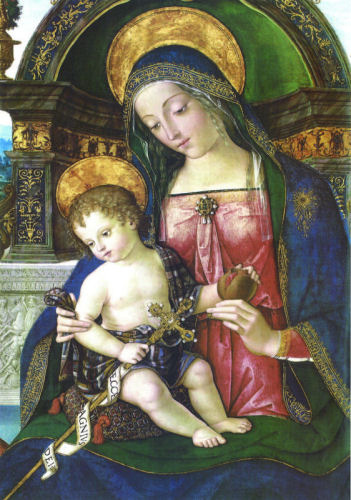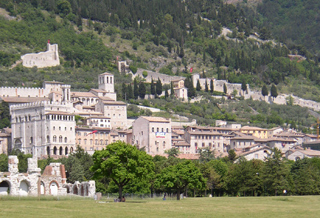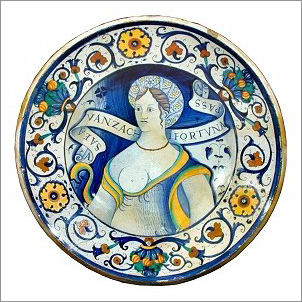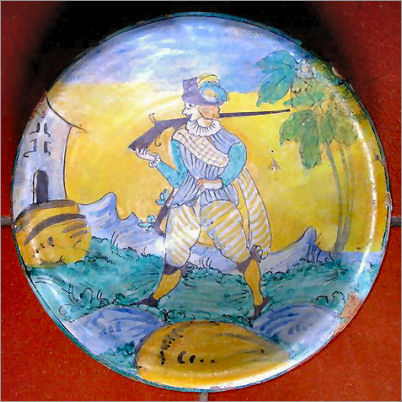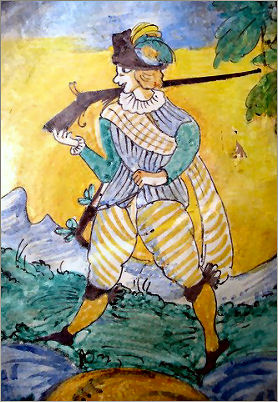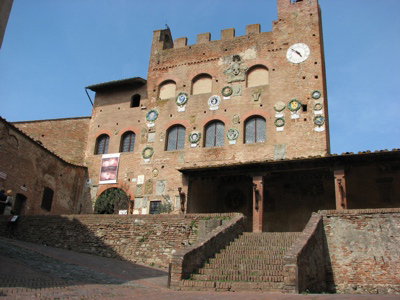June 1-15, 2008
Deruta – Italy
Art exhibitions, live performances, demonstrations and activities will be the ingredients of “The Magic of Ceramic Art”, a highly anticipated art & entertainment festival to be held in Deruta from June 1st.
live performances, demonstrations and activities will be the ingredients of “The Magic of Ceramic Art”, a highly anticipated art & entertainment festival to be held in Deruta from June 1st.
Deruta potters, Italian and International artists, music players, scholars and visitors from all over the world will get together to celebrate the living heritage of one of the most important ceramic centers in the world.
The festival program is very exciting, indeed.
The 1st edition of Deruta Art: Biennale Exhibition of Contemporary Art will bring together 30 Umbrian and International artists, whose paintings, sculptures and visual artworks will be displayed in the former building of Maioliche Deruta, a factory which marked the revival of Deruta ceramics at the beginning of the 20th century.


